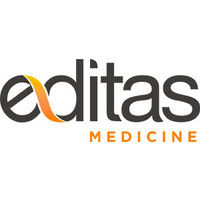Article
作者: Buquicchio, Frank ; Schiroli, Giulia ; Scanziani, Eugenio ; Naldini, Luigi ; Castiello, Maria C ; Ferrua, Francesca ; Marcovecchio, Genni E ; Villa, Anna ; Margulies, Carrie ; Lougaris, Vassilios ; Rancoita, Paola MV ; Albano, Luisa ; Genovese, Pietro ; Kanariou, Maria ; Fontana, Elena ; Lankester, Arjan ; Vavassori, Valentina ; Cotta‐Ramusino, Cecilia ; Beretta, Stefano ; Cappelleri, Andrea ; Mercuri, Elisabetta ; Merelli, Ivan ; Plebani, Alessandro
Precise correction of the CD40LG gene in T cells and hematopoietic stem/progenitor cells (HSPC) holds promise for treating X-linked hyper-IgM Syndrome (HIGM1), but its actual therapeutic potential remains elusive. Here, we developed a one-size-fits-all editing strategy for effective T-cell correction, selection, and depletion and investigated the therapeutic potential of T-cell and HSPC therapies in the HIGM1 mouse model. Edited patients' derived CD4 T cells restored physiologically regulated CD40L expression and contact-dependent B-cell helper function. Adoptive transfer of wild-type T cells into conditioned HIGM1 mice rescued antigen-specific IgG responses and protected mice from a disease-relevant pathogen. We then obtained ~ 25% CD40LG editing in long-term repopulating human HSPC. Transplanting such proportion of wild-type HSPC in HIGM1 mice rescued immune functions similarly to T-cell therapy. Overall, our findings suggest that autologous edited T cells can provide immediate and substantial benefits to HIGM1 patients and position T-cell ahead of HSPC gene therapy because of easier translation, lower safety concerns and potentially comparable clinical benefits.






